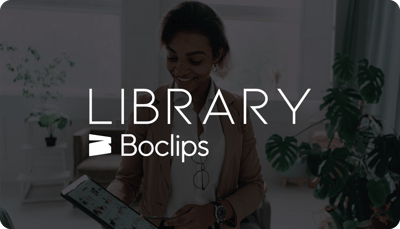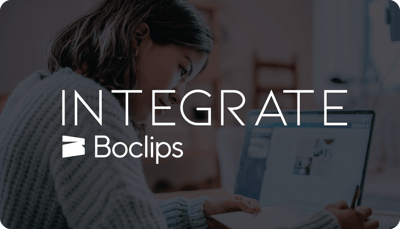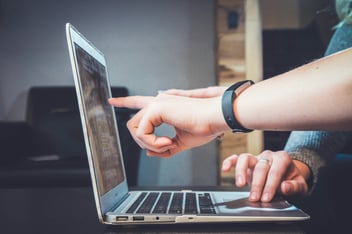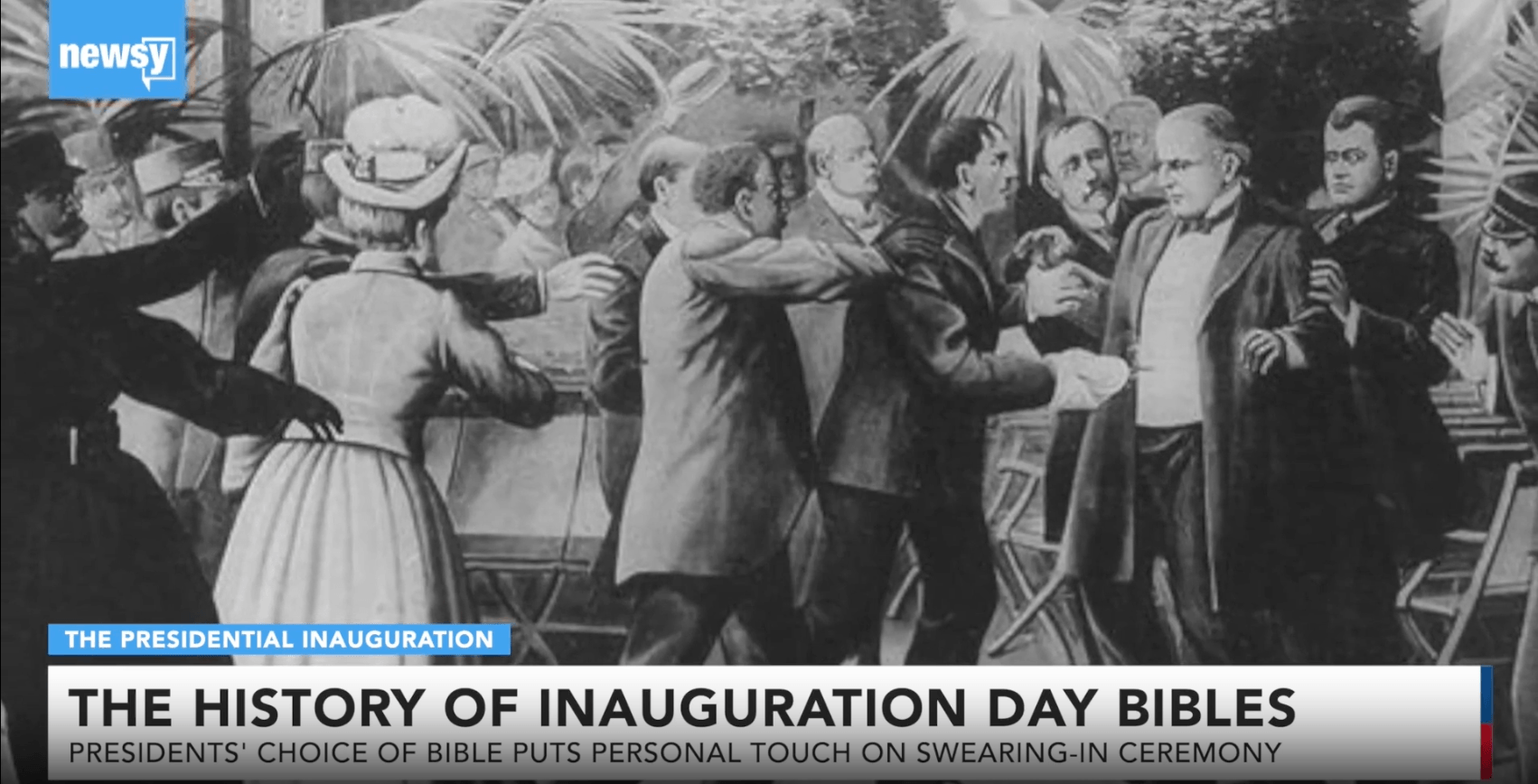There’s a popular axiom familiar to just about everyone that goes like this: “Everyone learns differently.” How people access, process, and understand information can vary significantly, whether that person is a student in a classroom or an adult trying to learn a new skill. For some people, having a visual aid can make a tremendous difference while others prefer to process information through discussion or writing. Educators seek to meet these individual needs by personalizing their instruction to optimize the information being taught to their audience.
Many AI applications and tools coming to market today are built to support educators in this work and there are new advances in this field all the time. Educators also seek to maximally engage their audience with media, like digital video, that makes the content more accessible and can lead to greater learning gains. Let’s look at some examples of how AI applications can support learning and explore how these tools can enhance themselves with video integration from Boclips.
AI Tutors
One way that AI can personalize education is through video. Educators everywhere are using digital video content to engage their students on just about every topic. There are different forms an AI educator can take, whether it be a GPT-powered math tutor that helps students solve math problems or a writing bot that scans for grammar. But ChatGPT and Google’s Gemini aren’t focused on delivering videos. For education, videos are critical to drive engagement and create accessible learning opportunities. An excellent AI educator can use tools like digital video to give students the guidance they need to grasp complex concepts. Think of digital Ed-Ready video as an additional layer added to a lesson that offers new access points to engage an audience and respond to their queries. With this level of personalization in mind, Boclips developed video highlights to enhance chatbots for education with the right learning moment from our library of 2.2 million Ed-Ready videos.
Let’s suppose that a student has a question about photosynthesis. That student could type, “What is photosynthesis?” into an genAI chatbot integrated with Boclips. The response would include relevant video highlights pulled from premium Ed-Ready videos. Statistically, shorter videos are better for learning, so by focusing responses on the most relevant highlights of the video, students stay engaged with the subject matter and focused on learning. What could be more personalized than a video edited specifically to answer a student’s question?
AI lesson planning
Video can quickly enhance AI lesson plans. As educators lean on AI to expedite lesson creation, Boclips can provide learning objective-aligned video highlights or instructionally-sequenced videos to support the lesson. Trawling the internet for the right educational video content can take a great deal of time and effort. That can be challenging for many educators who must manage their time effectively and navigate vetting public video material for accuracy and authenticity. With Boclips, an AI tool can become a silver bullet in lesson planning by finding and editing the right Ed-Ready videos for any given lesson. A Boclips-integrated AI tool can transform a time-consuming slog into a snap, giving full confidence in the provenance, safety, and accuracy of the video material.
Boclips enhances genAI by providing Ed-Ready video highlights to surface the right moment of the right video to deliver high-impact learning without consuming precious time. With Boclips API integration, personalized education can be more powerful than ever.
- #Video in Digital Learning
- #Classroom
- #Educational Videos
- #Video Content Partners
- #Tips for Using Video
- #Boclips for Publishers
- #Issues in Education
- #Educational Videos by Subject Area
- #News and Announcements
- #Events & Holidays
- #Video and Teaching Tools
- #Teaching Methodologies
- #Education Videos
- #Video and Digital Literacy
- #Short Educational Videos
- #Instructional Design
- #Multimodal Learning
- #Video and Student Safety
- #Accessibility in Education
-3.png?width=390&height=223&name=Untitled%20design%20(2)-3.png)


.png?width=1152&height=660&name=Copy%20of%20Untitled%20Design%20(1).png)



